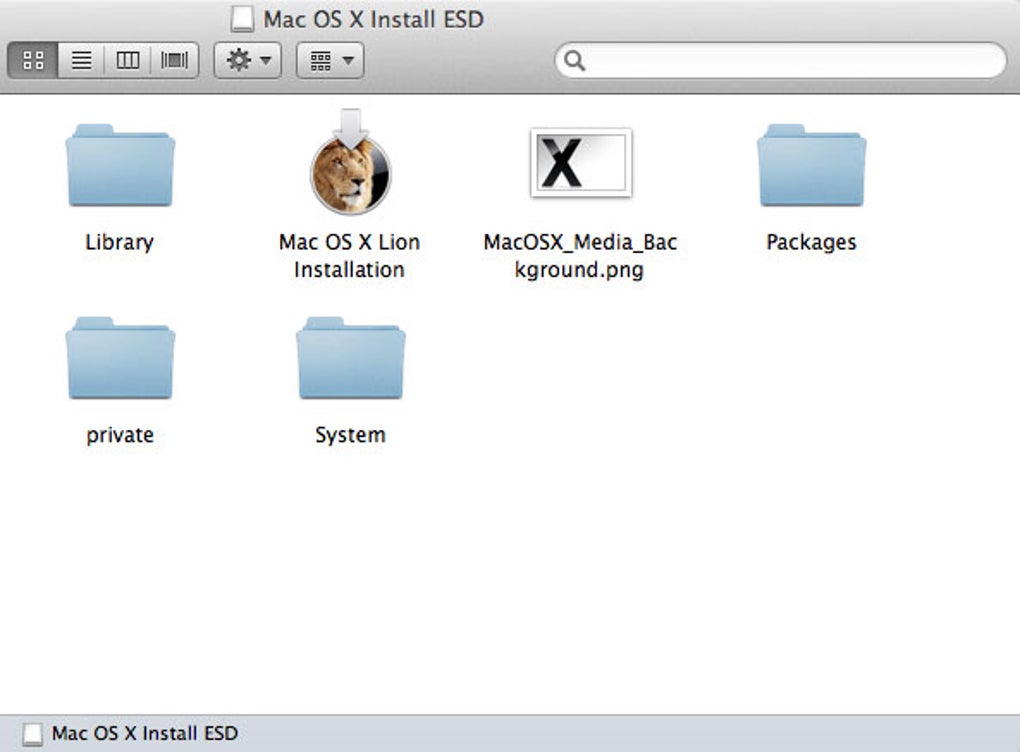
- #How to cancel target disk mode zip#
- #How to cancel target disk mode mac#
- #How to cancel target disk mode windows#
Step 3. Select file system and click " Convert" button. Step 2. Click Yes to continue if you've backed up important data for the USB disk. Step 1. Select the USB drive and click " Tools" to choose " Convert To USB-FDD Bootable Mode" option. Note: If you have any files on the USB disk (or memory stick), copy them to a hard disk first as they will be destroyed by the following process. You can choose one according to the mode motherboard supports. Nowadays, motherboard manufacturers have no agreed standards to USB boot mode FDD, ZIP, HDD are the popular modes today. For computers supporting USB boot, such boot disk can be used when restoring system.
#How to cancel target disk mode zip#
This function can converse USB flash disk (or USB hard drive) into FDD or ZIP mode and build bootable DOS system, which can be used to boot computer. If you're using Boot Camp to start up from Microsoft Windows, set Startup Disk preferences to start up from macOS instead. Then shut down or restart and try again.DiskGenius is capable of creating USB bootable disk and USB-FDD, USB-ZIP and USB-HDD boot methods are supported.
#How to cancel target disk mode windows#
If you're using a keyboard made for a PC, such as a keyboard with a Windows logo, try a keyboard made for Mac. Or use your built-in keyboard or a wired keyboard.

#How to cancel target disk mode mac#
You might need to wait a few seconds before pressing the keys, to give your Mac more time to recognize the keyboard as it starts up. Then press and hold the keys as your Mac starts up. Then press the power button to turn on your Mac. Press and hold all keys in the combination together, not one at a time.If a key combination doesn't work at startup, one of these solutions might help: Eject (⏏) or F12 or mouse button or trackpad button: Eject removable media, such as an optical disc. Disabled when using a firmware password.Command-V: Start up in verbose mode. Disabled when using a firmware password.T: Start up in target disk mode. Disabled when using a firmware password.Disabled in macOS Mojave or later, or when using a firmware password. Command-S: Start up in single-user mode.

To use the default boot image on the server, press and hold Option-N instead. Disabled when using a firmware password.

Or use Option-D to start up to this utility over the internet. Disabled when using a firmware password.


 0 kommentar(er)
0 kommentar(er)
